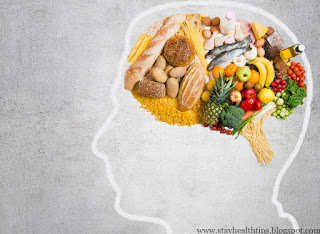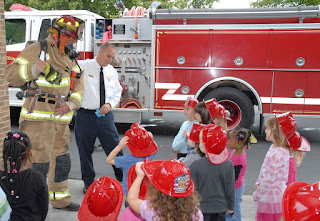Daily Health Tips: Although you can not stop time, the right type and amount of
physical movement can assist stave off many age-related health issues.
More than half (59 percent) of Americans hope to still be
living at home freely at 80 years old, according to a recent survey by the
American Physical Therapy Association.
Notwithstanding, the same study showed
that at least half of the same population recognizes they will see a decline in
flexibility and strength as they age - Health Tips.
Movement specialists such as physical therapists can assist
aging people overcome pain, maintain and gain movement, and preserve
independence – regularly helping to avoid the need for surgery or long-term
utilization of prescription drugs.
These nine tips, provided by the American Physical TherapyAssociation, are keys to assisting you age well:
1: You can get stronger and better at any
age.
Research shows that an appropriate activity program can
improve your muscle flexibility and strength as you age. Dynamic resistance
training, where muscles are exercised against resistance that gets more
troublesome as strength improves, has been shown to assist prevent frailty.
2: Your heart wants you to exercise.
Heart disease is the No. 1 reason for death in the United
States. One of the top ways of preventing it and other cardiovascular diseases
is activity. Research demonstrates that if you already have heart disease,
appropriate exercise can improve your health.
3: You can bring down your risk of diabetes
with exercise.
One in four Americans beyond 60 years old has diabetes.
Physical and obesity inactivity can put you at risk for this disease, but a
general, appropriate physical activity routine is one of the most ideal ways to
prevent and oversee type 1 and type 2 diabetes.
4: Your brain wants you to exercise.
Individuals who are physically active, even later in life,
are less likely to develop Alzheimer or memory issues disease, a condition which
influences more than 40 percent of people beyond 85 years old.
5: Exercise can assist you avoid keep and
falls your independence.
More than half of adults over 65 report issues with
movement, including walking 1/4 mile, standing, and stooping. Exercise can
improve balance and movement and reduce your risk of falls.
6: Chronic pain doesn’t have to be the boss
of you.
Every year 116 million Americans experience chronic pain
from arthritis or different conditions. Proper pain, mobility, and exercise
management strategies can ease pain, enhancing your overall quality of life.
7: You may not need drugs or surgery for
your low back pain.
Low back pain is frequently over-treated with drugs and
surgery despite a wealth of scientific evidence showing that physical therapy
can be an effective option with less risk.
8: Your bones want you to exercise.
Osteoporosis, or weak bones, influences more than half of
Americans beyond 54 years old. Exercises that keep you on your feet, like
dancing, jogging or walking, and exercises utilizing resistance such as weight
lifting, can improve reduce bone loss or bone strength.
9: You don’t have to live with bladder
leakage.
More than 13 million men and women in the United States have
bladder leakage. A physical therapist can assist you avoid spending years
depending on pads or rushing to the bathroom.


















